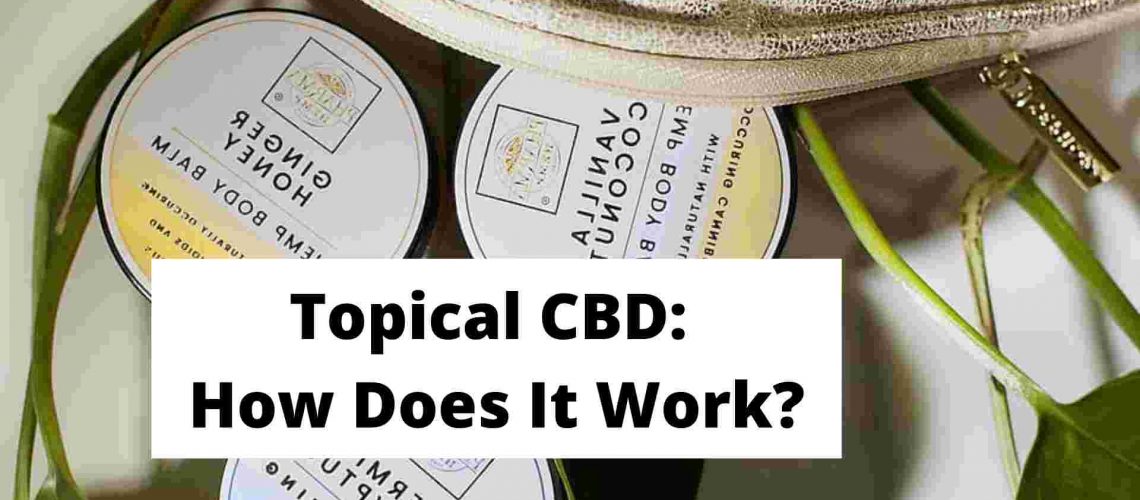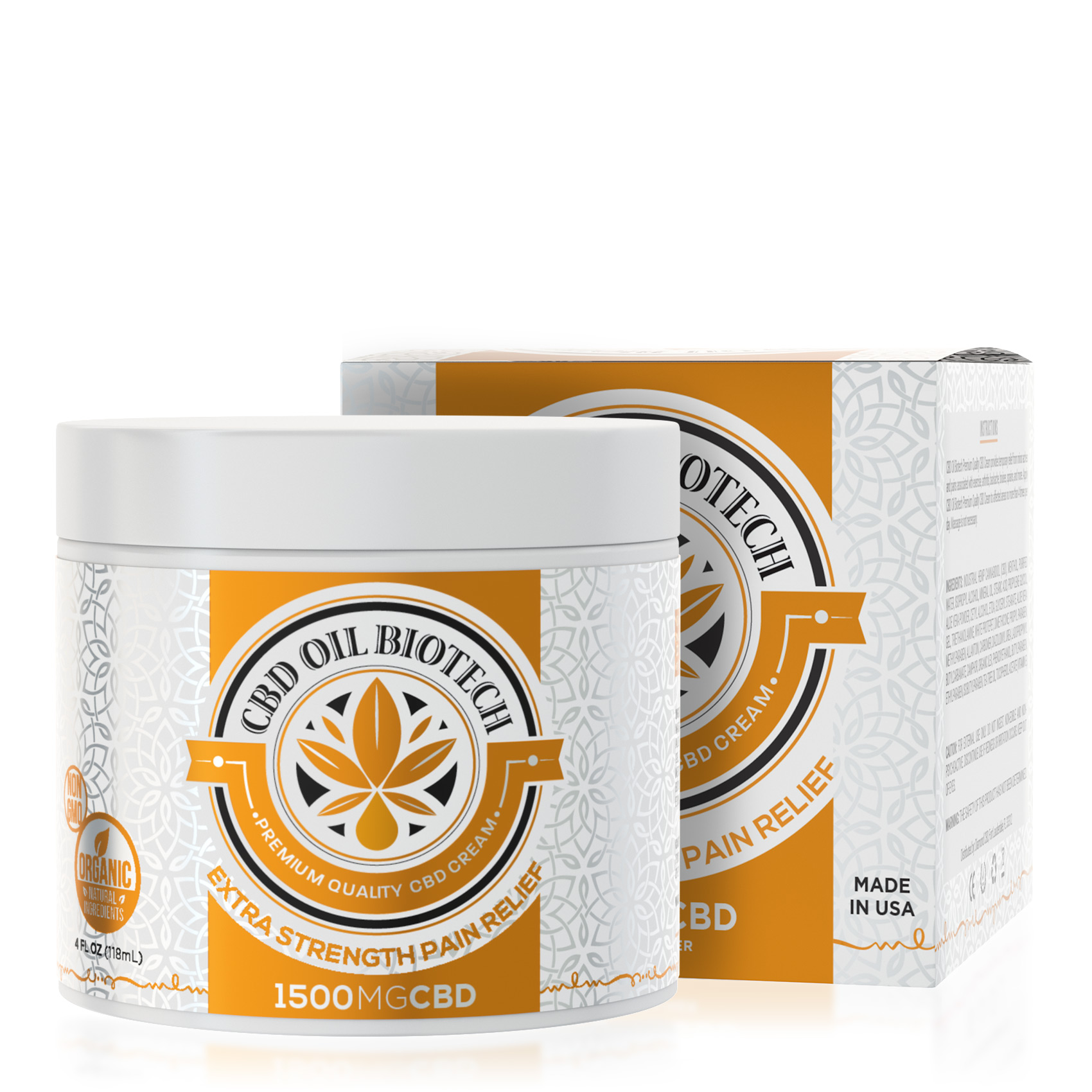Physical therapy, aromatherapy, chiropractic, active release therapy, infrared light therapy, acupuncture, deep tissue massage, myofascial release, Epsom salt soaks — when it comes to alternative therapies, there’s nothing we people like better than a little bit of good old fashioned innovation. In recent times, a new – but not so new – holistic product has been rising the ranks in the game of body maintenance… and really just overall chronic and acute pain management. That is — cannabidiol, even better known for its abbreviated name; CBD
What is CBD?
CBD is known as a cannabinoid, which is a natural chemical compound found in plants of the cannabis family, such as hemp. It’s the second-most-abundant cannabinoid in hemp and is entirely non-psychoactive. This means it doesn’t produce a body or a mind “high”, and so users won’t feel the effects traditionally associated with cannabis consumption, such as dizziness, lethargy, euphoria, or any other usually depicted symptoms of cannabis use. The chemical responsible for the cannabis “high” is actually known as THC or tetrahydrocannabinol, and it’s mind-altering abilities have some efficacy in terms of their use in conjunction with CBD in commercial products, but that’s a guide for another time!
What history of human use does CBD have?
CBD use dates back to the days of Chinese emperors and ancient Egyptians who drank cannabis tea for the
health benefits provided by CBD, who used it to treat maladies such as head and toothaches, respectively.
The first studies on CBD’s application in humans occurred in the 1800s and paved the way for bills and research into the 1970s, which would see CBD’s applications in uses such as treating patients with epilepsy. This research was silenced due to the societal climate towards the controlled substance: marijuana at the time. Because of this, further research into the medical properties of CBD would not resume until the legalizing of cannabis in some states in the late 90s and early 2000s. At this time, science would begin exploring CBD’s applications treating physical and neurological afflictions such as chronic pain, and to this day these studies into CBD and its potential for human uses are ongoing.
What kind of benefits does CBD use have?
Pain Relief, Anti-Inflammation, and Muscle Spasm Mitigation
Its effects are mainly analgesic in nature, whereby CBD’s natural prospective medicinal benefits act to relieve – most commonly – pain, inflammation, and even muscle spasms. CBD is also non-habit-forming and has been shown in studies in the past to not have any effects on physical motor control when consumed. In layman’s terms, this means there are no known immediate adverse side effects to bodily control when taking CBD, solidifying the knowledge that CBD’s non-psychoactive nature makes it a great option for holistic medicine beginners who may feel uneasy about the nature of exploring new cannabis-derived products.
Mood Improvement
CBD has even been shown to act on human serotonin receptors in the brain and thus have the potential to improve mood! Because of this same characteristic, CBD has also been noted to decrease anxious and fearful feelings, as written in a 2019 Journal article by Jacob Teitelbaum titled: “A Hemp oil, CBD, and Marijuana Primer: Powerful Pain, Insomnia, and Anxiety-relieving Tools!”. Teitelbaum also wrote that CBD has the ability to reduce nerve and muscle pain, both powerful potential applications for countless individuals.
Menstrual Cramp and PMS Symptom Management
Menstrual symptom control is another application in which CBD can be used; by decreasing the severity of abdominal cramps and lower back pain. CBD may also help in alleviating other menstrual symptoms such as acute depression and anxiety, which in addition to the above, nearly perfectly make up the most common premenstrual (PMS) symptoms that women experience.
Who uses CBD?
Athletes
Professional golfers, in particular, have become a population that is growingly noted for CBD use with the
goal of muscle ache and pain mitigation. Bubba Watson is one such example of a former professional golfer
who is using his platform to spread the word of CBD’s uses in golf and sport. The advocating of a number of
professional golfers in the name of CBD for its medicinal properties has resulted in a wavering stigma
around the cannabinoid, and its growing acceptance by governing athletic bodies has led to gargantuan shifts
in public opinion towards the cannabinoid.
Another sport in which CBD use is popular is mixed martial arts; Nate Diaz is one of the best-known mixed martial artists to ever compete in the sport. A long-time proponent of CBD use, Nate has been vocal about using CBD to support his recovery from training by both bringing down inflammation, and helping him to calm down after training sessions.
Those with Insomnia, Anxiety, Depression
CBD also has uses for individuals who suffer from insomnia and thus have trouble either falling or staying
asleep at night — or both. It’s been said to have a relaxing effect on individuals who take it close to bedtime
or as a means of winding down and lowering stress, and this could be in part due to its anti-anxiety abilities.
The anti-depressant-like effects of CBD have been shown repeatedly in animal studies, and these can likely be attributed to CBD’s role in increasing the level of endocannabinoids in the body — wait, endocannabinoids? Endocannabinoids are signalling chemicals that help your body work through a number of regular processes, such as appetite and mood regulation. Endocannabinoids are also present in the body following exercise and can be held in part responsible for the post-activity “runners high” that individuals describe as making them feel elated, or even euphoric. CBD works by dampening the metabolism of these so-called “happy chemicals” and so, they spend a longer time in the body and lead to a sustained elevated mood.
How is CBD acquired?
CBD is extracted via natural processes from the hemp plant, and in the United States is lawfully required to be pulled from federally legal plants containing less than 0.3% THC. If you remember from above, THC is the psychoactive component of cannabis, so this kind of legislation is what makes publically available CBD products both safer for consumption and helps to instill a sense of comfort in both beginner and seasoned buyers alike.
What forms do CBD products come in?
The many forms that CBD comes in all have a variety of respective applications. Some of these forms include: sublingual extracts – aka a dropper placed under the tongue – oral formulas, suppositories, capsules and pills, vaping and quite commonly for athletic and general population use; topical. Topical CBD includes any creams, balms, oils, or any other medium that is meant to be spread on the skin’s surface and contains CBD.
What is the topical form of CBD mainly used for?
Topical CBD has become extremely popular in both professional and athletic recreational industries for its uses as an anti-inflammatory and/or pain-relieving muscle balm. It is also being touted by the general population for the same uses.
Chronic Pain
A popular form of topical CBD use is for joint pain, including-but-not-limited-to situations where arthritis,
sports injury, or another form of chronic pain may be a factor.
It has also been noted that people don’t seem to build up a significant tolerance to CBD, so consistently tapering the dose upward when and/or if chronic pain should subsist for long periods of time is not necessary. This is as opposed to using traditional pain-or-inflammation-relieving medications, such as NSAIDs (non-steroidal anti-inflammatory drugs) or opioids, where both dependence and continuously increasing doses are seriously important detrimental factors associated with their use.
Acute Pain
Topical CBD has been noted in animal studies to be potentially more effective than oral CBD in the treatment of acute pain in one area; for example, topical CBD for the treatment of muscular soreness or aches is becoming massively popular in the fitness industry!
Where do I start if I want to try out topical CBD?
What should I look for when buying a topical CBD product?
A good place to start is by deciding what purpose the topical CBD is for: is it for injury or basic muscle soreness? Is the pain debilitating or is it manageable? Once this is decided, product research and searching for the one that is the best fit for you can begin!
The next consideration that should be made is the additional ingredients that can be a part of any given balm, cream, or other topical medium. These can include substances such as shea butter, jojoba oil, coconut oil,
and other skin-care oriented or otherwise skin-healthy ingredients or oils.
This is an often overlooked step, but there’s always the possibility of allergens and/or sensitivities in products, and CBD ones are no different. Always research your product beforehand to make sure its label is safe for you, and remember that every individual situation is different.
Once you’ve settled on a brand that you have deemed to be reputable and with a product line that aligns with your own personal needs, the next step is to narrow down a topical type and dosage. Some questions to ask yourself that can help with this process:
- Do I want a cream or oil-based product?
- Do I want something that is scented or unscented?
- What dose per serving and concentration of CBD is ideal for my uses?
How do I apply topical CBD?
Using topical CBD is a simple process, and there are actually ways that you can increase the potency of its effects. After a shower is the best time to apply CBD because the porous nature of drying skin provides an optimal surface on which topical CBD can be soaked up. The effects of topical CBD are generally localized to one spot (wherever it’s applied, making it incredibly useful in situations where precision is key!) and the effects can generally be felt approximately 15 minutes later, for the next 2-4 hours. This length of time is dependent on a variety of factors, such as body weight, CBD concentration, and total dosage.
Conclusion
In conclusion, the applications of CBD – and topical CBD in particular – in our everyday lives can be
evidenced by the growing popularity of CBD products in the public view. Their uses provide the epitome of
value for those who rely on their properties; from those managing chronic pain, all the way to those
requiring of an extra recovery aid in order to “keep on keeping on”. Any number of educational resources
exist nowadays to augment general knowledge on this new breakthrough-like wave of medicinal products,
and further research will only prove to add to this inventory of newfound public appreciation for CBD.
For CBD-enthusiasts and newcomers alike, this cannabinoid not only has the potential to offer benefits to
the lives of those who use it, but also to continue the movement towards the destigmatization of cannabisderived products in the years to come.
The best source of credible information for both lawful data on CBD use as well as developments in the research of cannabidiol and other cannabinoids for health purposes is the FDA, and their webpage for further education can be found here.




